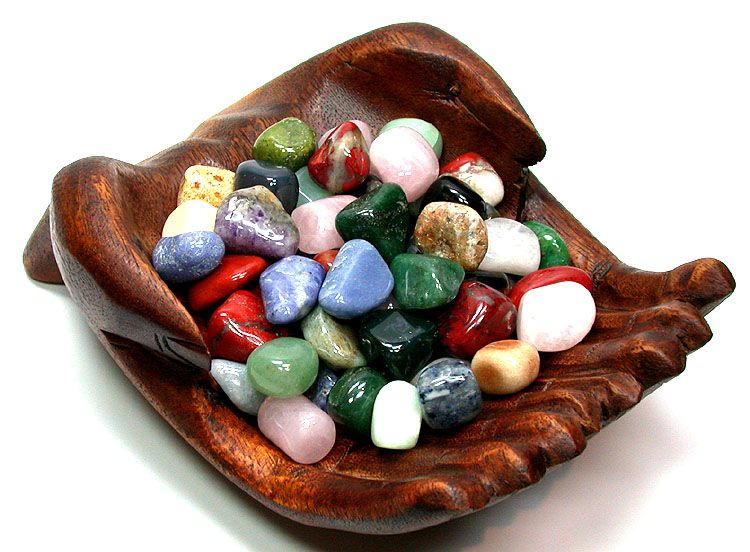Vedic Meditation vs Transcendental Meditation: 5 Major Differences
- Details
- Written by Maggie Bloom
- Views: 3256

Meditation has gained significant popularity in recent years as a powerful tool for relaxation, stress reduction, and overall well-being.
Two popular meditation practices that often get mentioned are Vedic Meditation and Transcendental Meditation (TM). While both approaches have their roots in ancient traditions and share similarities, they also have distinct characteristics that set them apart. In this blog post, we'll explore five major differences between Vedic Meditation and Transcendental Meditation, shedding light on their unique aspects and helping you choose the one that aligns best with your meditation goals.
Origins and Background
Vedic Meditation finds its roots in the ancient texts of India known as the Vedas. It is a technique derived from the Vedic tradition that has been practiced for thousands of years. This meditation style emphasizes the importance of mantras, breath control, and self-reflection. Vedic Meditation is deeply connected to the rich cultural and philosophical heritage of India, integrating meditation into a holistic lifestyle that includes practices like yoga and Ayurveda. By delving into the ancient wisdom of the Vedas, Vedic Meditation offers a profound pathway to self-realization and inner peace.
Transcendental Meditation, on the other hand, was introduced in the 1950s by Maharishi Mahesh Yogi, who was a disciple of the Vedic tradition. TM draws heavily from Vedic principles but is presented in a contemporary and secular context. It gained significant popularity through endorsements from celebrities and scientific research.
Mantras
In Vedic Meditation, the practitioner is assigned a specific mantra based on their personal characteristics and the guidance of a qualified teacher. The mantra is considered sacred and is repeated silently during the practice. The choice of mantra is personalized and may differ for each individual.
Transcendental Meditation also uses a mantra, but the mantra selection process in TM differs from Vedic Meditation. In TM, the practitioner is given a specific mantra based on their age and gender. These mantras are standardized and do not vary from person to person.
Teaching Approach
Vedic Meditation is typically taught in a one-on-one setting with a trained teacher. The teacher provides personalized instruction, guidance, and support to ensure that the practitioner develops a deep understanding of the technique. The teaching process may involve multiple sessions and a gradual progression of learning.
Transcendental Meditation is typically taught in a structured course format, with groups of people learning together. The course spans several days and consists of lectures, group meditations, and individual instructions. TM teachers follow a standardized curriculum to ensure consistency in the teaching process.
Philosophical and Cultural Context
Vedic Meditation is deeply rooted in the philosophical and cultural traditions of ancient India. It encompasses a holistic approach to life, integrating meditation with other practices such as yoga, Ayurveda, and a mindful lifestyle. The teachings often draw upon concepts like self-realization, consciousness, and the interconnectedness of all things.
Transcendental Meditation, as propagated by Maharishi Mahesh Yogi, has a more secular and scientific approach. While it shares some philosophical concepts with Vedic Meditation, the emphasis is primarily on the practical benefits of meditation for stress reduction, improved focus, and overall well-being. TM aims to be accessible and appealing to people from diverse backgrounds and beliefs.
Cost and Accessibility
When choosing between Vedic Meditation vs transcendental meditation options, the cost comes into play for most people. Due to its personalized teaching approach, Vedic Meditation is often more expensive than Transcendental Meditation. The cost varies depending on the teacher, location, and additional support provided. However, it is important to note that Vedic Meditation courses may offer ongoing support and follow-up sessions, which can be valuable for beginners.
Transcendental Meditation has a standardized fee structure set by the organization founded by Maharishi Mahesh Yogi. While the initial course fee can be higher compared to other meditation programs, it typically includes lifetime access to follow-up support and group meditations, making it more cost-effective in the long run.
Both Vedic Meditation and Transcendental Meditation offer valuable techniques for practicing meditation and experiencing its benefits. Understanding the key differences between these practices can help you make an informed decision about which approach aligns best with your needs and preferences. Whether you resonate more with the ancient roots and personalized instruction of Vedic Meditation or the contemporary and accessible approach of Transcendental Meditation, the most important thing is to find a meditation practice that resonates with you and supports your journey toward inner peace and well-being.
This article was submitted exclusively to CrystalWind.ca by Maggie Bloom.
© 2023 crystalwind.ca. All rights reserved. We track all IP addresses with sniffer technology. Using a Proxy/VPN will not hide your IP address.
Liked this article? Dive deeper into personal growth and wellness! Check out CrystalWind.ca for spiritual wisdom or explore AromaWorx.ca for natural well-being tips. Spread the positivity—share this with friends on their happiness journey!
Let’s Chat! Drop Your Thoughts Below! ![]()
Latest Articles

Imagine a world of inspiration and healing, free for all—made possible by YOU!
Donate Now—Ignite the Magic at CrystalWind.ca!

Epilepsy - Finding A Cure
Your donation can make a difference!
Help us find a cure – donate now!
Unlock Your Light: Join Lightworkers Worldwide on CrystalWind.ca!
Follow Us!
Featured This Month
Sweet Violet
Sweet Violet Faithfulness and modesty. “I will always be true to you.” Helps... Read more
Crystals for Virgo
As the warmth of summer begins to soften into the crispness of autumn, the Sun... Read more
Watermelon Tourmaline
Synonym: Rainbow Tourmaline The watermelon tourmaline is a rare variety t... Read more
Virgo Mythology
The Virgo Myth In all of constellation mythology, few legends are as misund... Read more
Sun in Virgo
An Overview of Sun Sign Characteristics for Virgo Virgo is guided by Mercur... Read more
Mabon Magic: Ideas For Fall Decoration And R…
Welcome (almost!) to Fall! We’re turning the Great Wheel once again, toward ... Read more
Mabon in Modern Times: Fresh Takes on the Au…
The Mabon season begins somewhere around the 21st-22nd of September and cont... Read more
The Vine: September 2nd - September 29th
The Autumnal Equinox ( Alban Elfed ) Celtic Symbol : The White Swan Read more
Peridot: The Healer's Stone
Peridot has been used as a Power Stone for centuries. Peridot fosters emotio... Read more






























































































































































